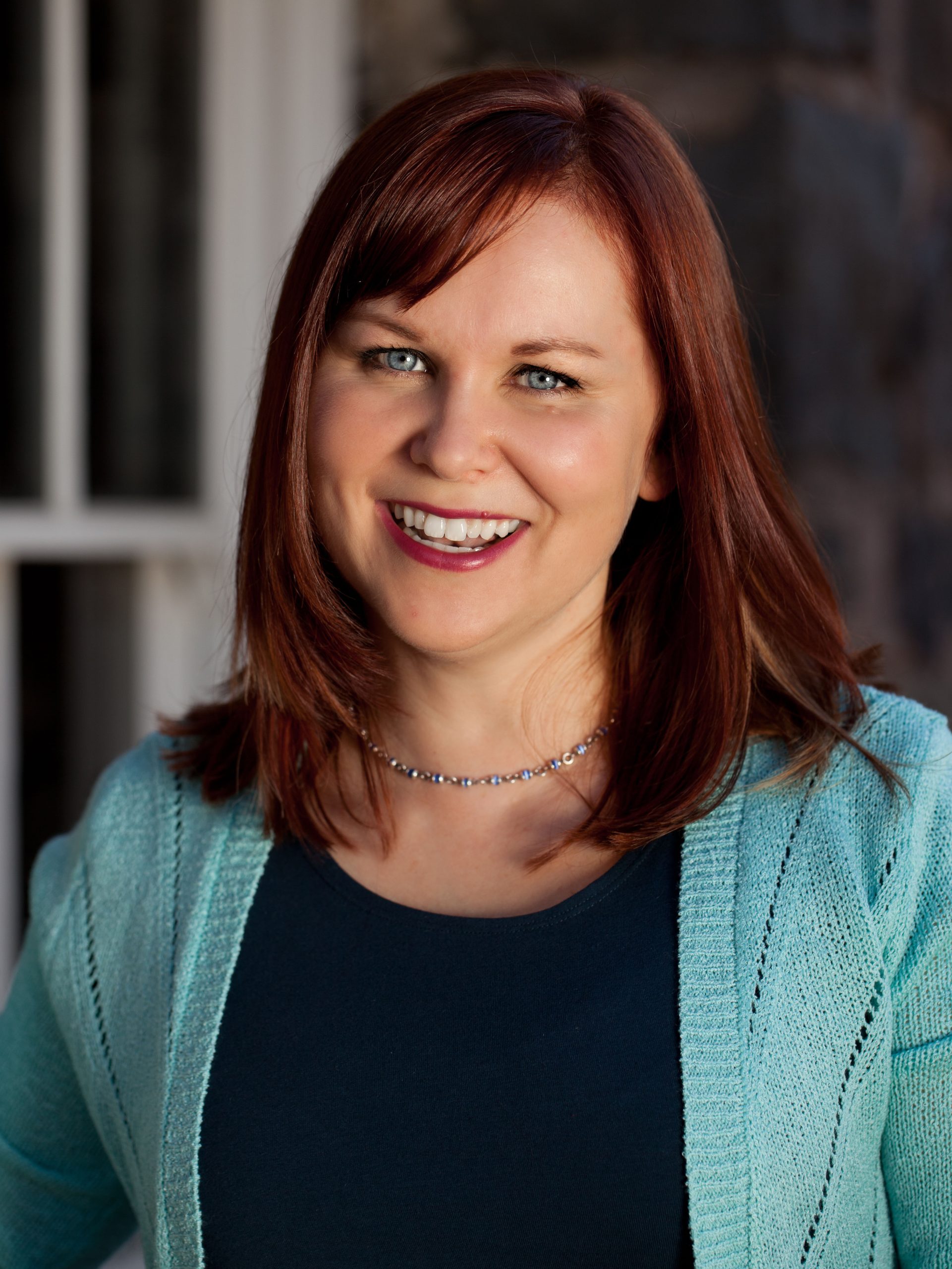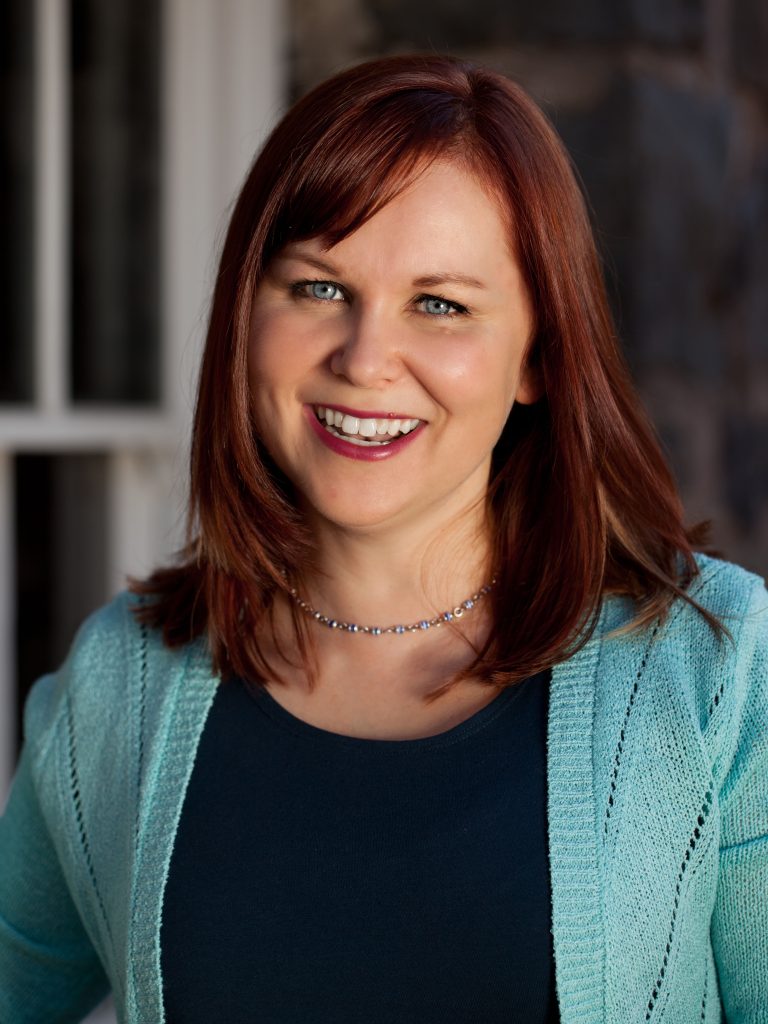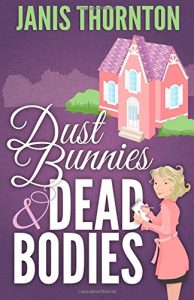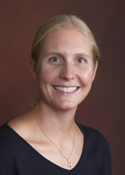 Heidi Schulz, first and foremost, is a storyteller who wanted to be a writer for the better part of her life. And once she got down to it, success followed. Her debut novel for middle grade readers, Hook’s Revenge, was published by Disney Hyperion in 2014. Its sequel, Hook’s Revenge: The Pirate Code is due out in September. In addition, Bloomsbury Kids will publish her picture book, Giraffes Ruin Everything, in the spring of 2016. It’s been a whirlwind of a start for Heidi, and MWW is eager to welcome her to its 2015 workshop. Committee member Janis Thornton snagged a few minutes from Heidi’s very busy schedule recently to ask a few questions about her writing career, her process, and what tips she hopes to impart at MWW15.
Heidi Schulz, first and foremost, is a storyteller who wanted to be a writer for the better part of her life. And once she got down to it, success followed. Her debut novel for middle grade readers, Hook’s Revenge, was published by Disney Hyperion in 2014. Its sequel, Hook’s Revenge: The Pirate Code is due out in September. In addition, Bloomsbury Kids will publish her picture book, Giraffes Ruin Everything, in the spring of 2016. It’s been a whirlwind of a start for Heidi, and MWW is eager to welcome her to its 2015 workshop. Committee member Janis Thornton snagged a few minutes from Heidi’s very busy schedule recently to ask a few questions about her writing career, her process, and what tips she hopes to impart at MWW15.
* * *
MWW: When did you receive “the calling” to write? How long did it take you to answer “yes,” and why did you choose the middle grade reader as your target audience?
HS: For as long as I can remember, I have loved to tell stories. I remember telling my kindergarten teacher a tale about going up in an airplane (something I hadn’t actually done at that point in my life). I told her that I saw an escaped balloon floating by, so I opened a window and grabbed it. That year, I learned a lot about the difference between telling fibs and creating fiction.
As I got older, I continued telling stories: sleepover ghost stories that scared me more than anyone, funny stories about where my little brother really came from (that he was a shaved, tailless monkey is one I still remember), and eventually, bedtime stories for my daughter.
I also wrote in my journal and later, on a personal blog. I always thought I would write books one day, but I was waiting for the right idea. Good thing it arrived! I’ve since learned that I can’t sit around waiting for an idea to fall on me. I have to go out and grab it. The best ideas come when I am writing the worst ones.
As far as writing middle-grade, just a few days ago I was talking with a friend about why I think I am drawn to this category. I had a very difficult period of time toward the end of elementary school. Things were hard at home and things were hard at school. Without getting too personal, I’ll just say I often felt very sad and also unsafe, both physically and emotionally. The only time I felt really secure was when I was lost inside a story. Books brought me comfort, gave me courage, and helped me feel less alone in the world – all things I desperately needed to get me through that time.
Though things eventually got better, I never lost that special love I developed for middle grade stories. The idea that I might be creating a safe place for a child who needs it is such an honor.
MWW: In just three years, you’ve gone from unpublished-but-hopeful author to not only a published novelist (Hook’s Revenge) – but published with Disney behind you, a scheduled release of Book 2 (Hook’s Revenge: The Pirate Code) in September, and a picture book (Giraffes Ruin Everything) due out next spring. <Pause to allow readers to catch their breath.> To what do you credit all of this phenomenal success?
HS: I’m still trying to catch my own breath! I credit hours and hours of hard work, a lot of stubbornness, some talent, a bit of luck, a wonderfully supportive husband and daughter, a truly great agent, and editors that are fantastic to work with.
MWW: You have said that you worked almost eight years on Hook’s Revenge, but in only about a year, you produced its sequel, Hook’s Revenge: The Pirate Code. What were the most valuable lessons you learned that enabled you to so effectively streamline your plotting and writing processes?
HS: That was quite a change, and it was intense. I did very little plotting on Hook’s Revenge. I knew how I wanted the story to end, but only had vague ideas on what should happen to get there. I wrote when I felt like it, a scene here, a chapter there, then put the manuscript away for weeks or months at a time. Writing was a meandering, exploratory process — a fun hobby.
I wrote my second novel on a short timeline, turning in a first draft just eight weeks after I began writing it. I could not have done that without a detailed outline. I spent quite a lot of effort, both on my own and through brainstorming with my agent and editor, creating an extensive plot for The Pirate Code before I began drafting.
That’s not to say there were no surprises along the way. The story changed from that outline to the first draft, and again in each subsequent draft, but I was able to reach my destination much sooner with the use of that map, even if I did go off road from time to time.
Once I was ready to begin writing, I made myself a word count schedule — and later, one for revisions — plotting out the work that needed to be done each day in order to meet my deadlines. I wrote six days a week without fail, but always took a day off to give my brain a rest.
There were writing days I was tempted to keep my laptop closed, but I knew that my job was to create, whether I felt like it or not. I was being paid to tell a great story and I had deadlines to meet. Both those things can be very motivating.
MWW: After two novels, what prompted you to produce a picture book (Giraffes Ruin Everything, due out in the spring)?
HS: I actually sold Giraffes only a couple months after selling Hook’s Revenge. (Picture books can take a long time to publish.) Prior to writing it, I hadn’t thought much about working in any category other than middle grade, but my agent encouraged me to flex my writing muscles and give it a try. I played around with a couple different ideas, but it wasn’t until I tapped into something deeply personal — my utter loathing of giraffes — that I found the story I wanted to tell.
(If you would like to know why I dislike giraffes, I have written about it on my blog: http://blog.heidischulzbooks.com/2012/12/in-which-we-explore-heidis-fear-of-dolls-and-giraffes/)
MWW: You are scheduled to conduct two craft-related sessions for MWW15: “Clearing the Air: Writing Middle Grade Humor that Goes Beyond Fart Jokes”; “Percy Jackson or Katniss Everdeen: Key Differences Between Middle Grade and Young Adult”; and to be part of the panel, “Agent & Author Relationships.” What advice do you plan to give your attendees to help them attain their individual definition of success?
HS: I love that you mention “individual definition of success” because that will vary from person to person and will also change throughout a writer’s career. However, one thing that should remain pretty constant is a striving to continually improve one’s craft, no matter what the person’s other writing goals may be. I plan to give my workshop participants new and/or sharper tools in their writers’ toolboxes, and a better understanding of the different age categories they are writing for.
I also hope attendees will come away from my workshops and panel feeling encouraged and empowered. Each one of them has important things to say. I hope to help them to find, or refine, their voices.
MWW: Heidi, do you have any other information you would like to add?
HS: I would like to applaud all the writers who are spending their resources — time, energy, and money — to attend Midwest Writers in order to improve their craft and industry knowledge.
I’ll also be teaching a free writing workshop for kids at Kids Ink in Indianapolis on the Sunday following the conference. Details can be found here:
http://www.kidsinkbooks.com/young-pirate-inspires-writing-workshop
I hope to see some familiar MWW faces there!
MWW: Thank you, Heidi!



